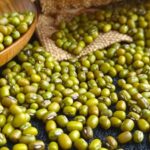Most people usually just rinse the rice, add water, and cook it in a pot. While the rice does get cooked, the grains won’t turn out as fluffy, fragrant, and glossy as expected.
So, what is the right way to cook rice?

Everyone has their own way of cooking rice. According to experienced chefs, to get perfectly cooked rice, you can still use your old method but add one extra step, and your rice will be as fluffy and delicious as restaurant rice.
Specifically, before cooking, you should rinse the rice about 2 times to clean it and then soak it for about 30 minutes. Wait for the rice to absorb enough water, and then cook it as usual.
Some benefits of soaking rice:
– It helps the rice grains cook faster and more evenly, resulting in a more beautiful presentation.
– Soaking rice helps remove phytic acid, which reduces the body’s ability to absorb calcium, iron, zinc, and other nutrients. This allows the body to absorb vitamins and minerals from the rice more easily.
– Soaking rice before cooking also improves digestion.
Check out this simple, delicious rice recipe below!
Ingredients
– Rice
– White vinegar
– Cooking oil
– Salt
Tip for choosing good rice:
– Prefer rice that is not milled too finely. These types are richer in fiber, vitamins, and other beneficial minerals.
– Observe and choose rice with round, full grains, a shiny surface, and no cracks or breaks.
– Lightly bite into a grain of rice. If you sense a sweet, mild fragrance, it is good-quality rice.
Delicious Rice Recipe
Step 1: Rinse the Rice
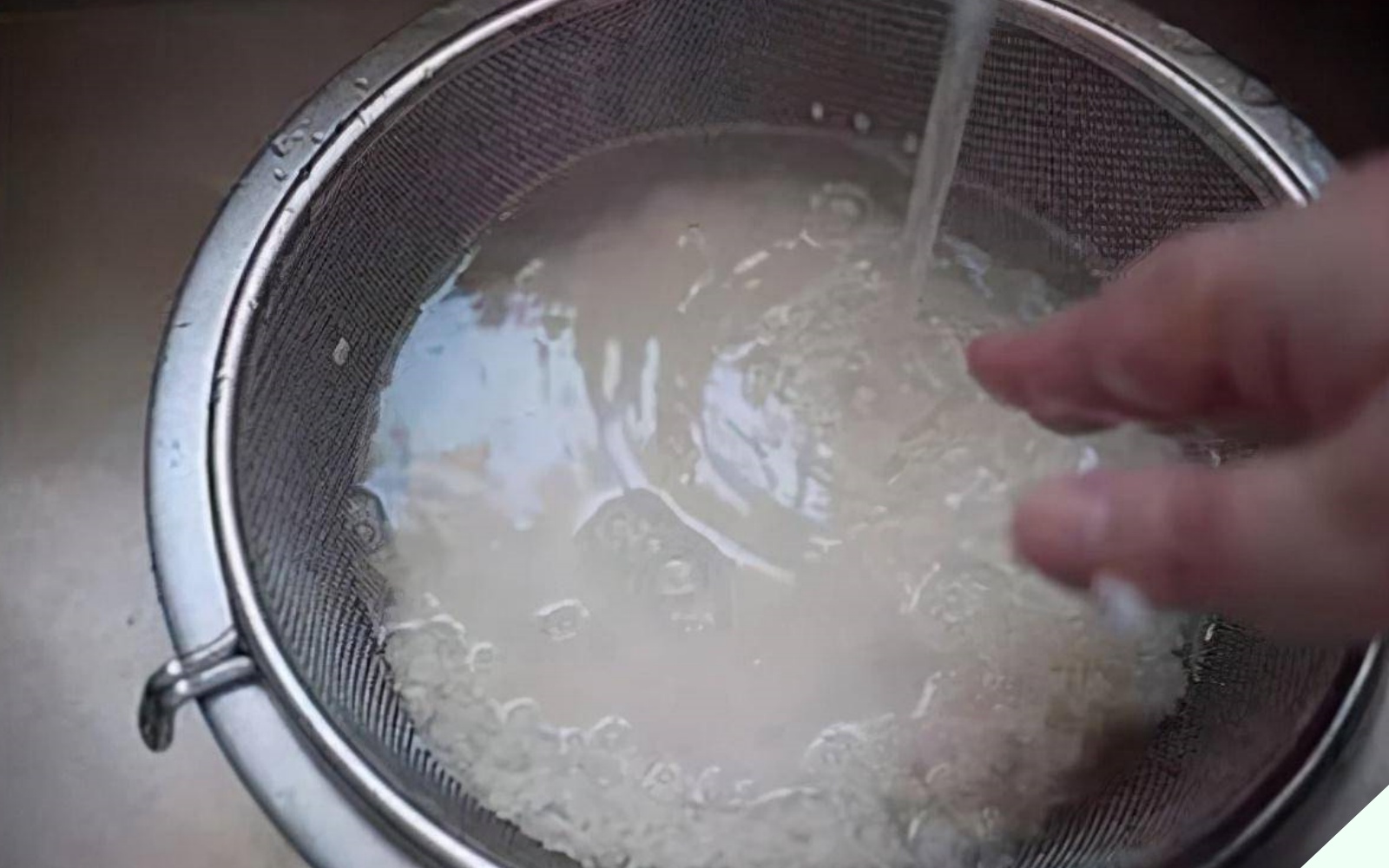
– Place a portion of rice in a bowl and add clean water. Gently rub the rice grains with your hand to remove any dirt or debris on the surface. Note that you should only rinse the rice about 2 times to avoid removing all the nutrients from the rice.
Step 2: Soak the Rice
After rinsing the rice, do not cook it immediately. Soak the rice in cold water for about 20-30 minutes.
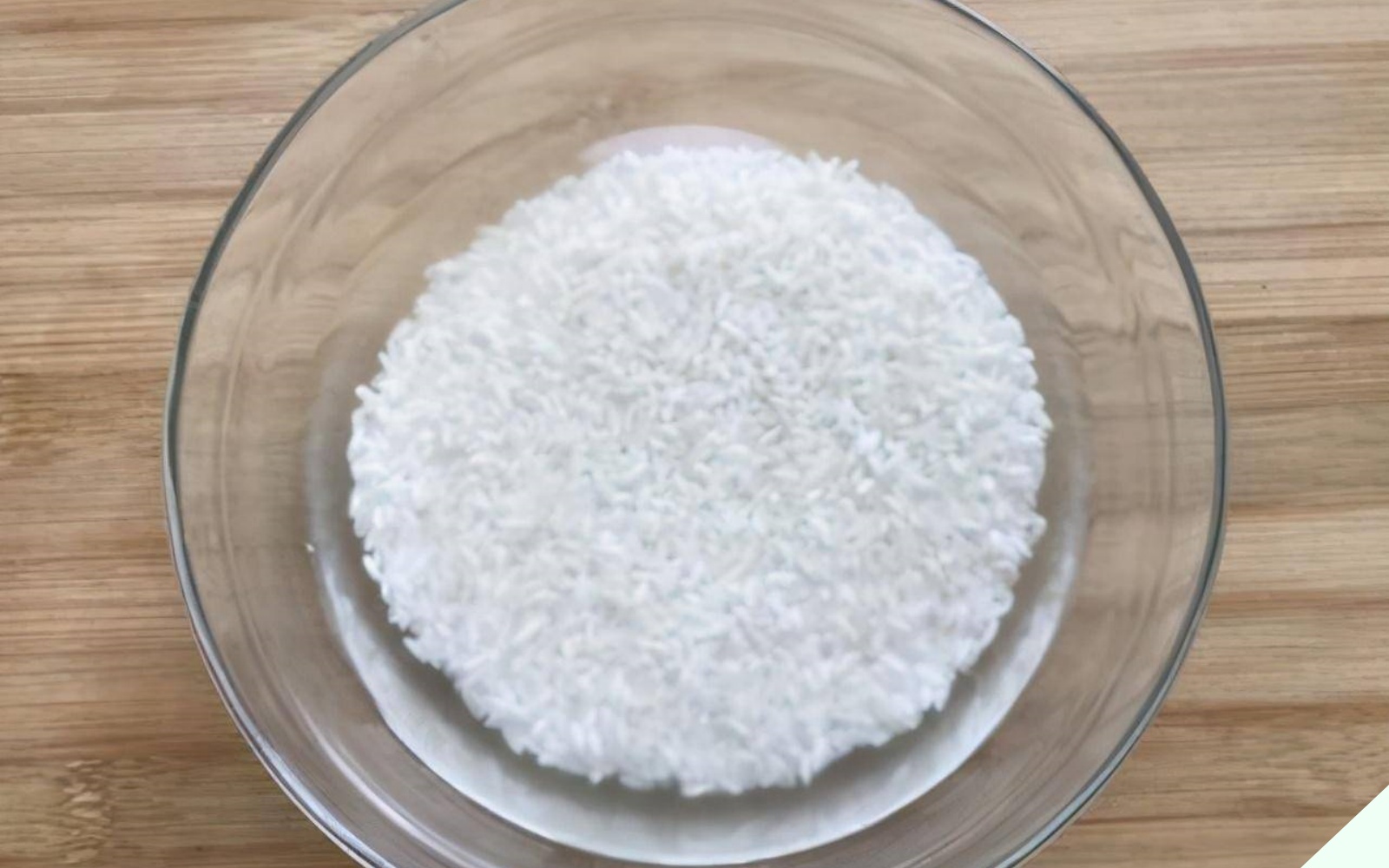
This step helps the rice grains absorb enough water, resulting in fluffier, softer, and more fragrant rice. Additionally, this method also helps reduce cooking time.
Step 3: Add Water
– Place the soaked rice in an electric rice cooker and add water in a 1:1.2 rice-to-water ratio. Adjust the amount of water according to the type of rice you are using.
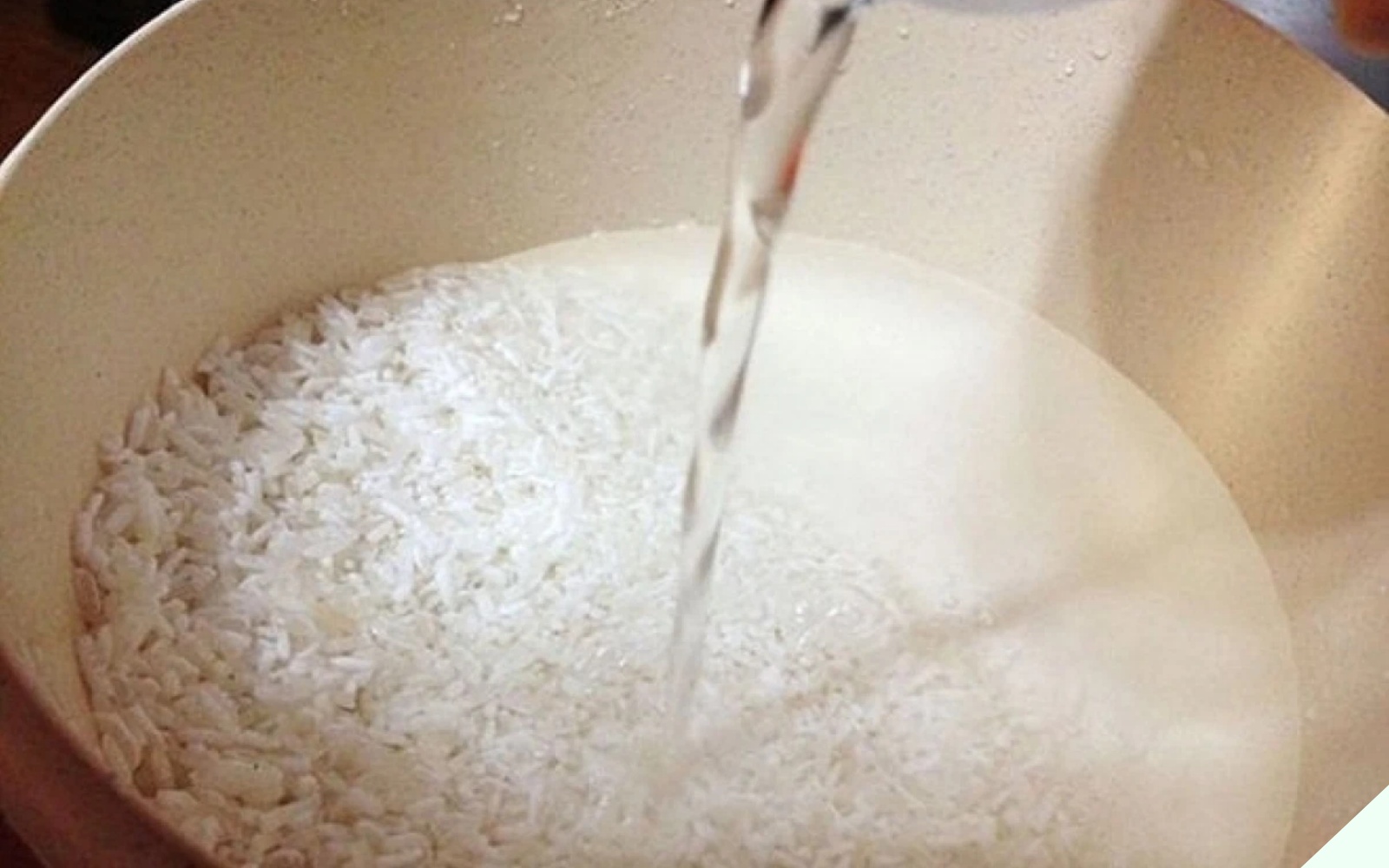
– If you are unsure, add the rice first, then the water. Make sure the water level is one finger-joint higher than the rice level.
Step 4: Season

– Add 1-2 drops of white vinegar, cooking oil, and a few grains of salt to the rice cooker.
Step 5: Cook the Rice
Close the lid of the rice cooker and start cooking. Typically, an electric rice cooker takes about 20-40 minutes to cook the rice. If your cooker has a quick-cook function, it will only take about 15-20 minutes.
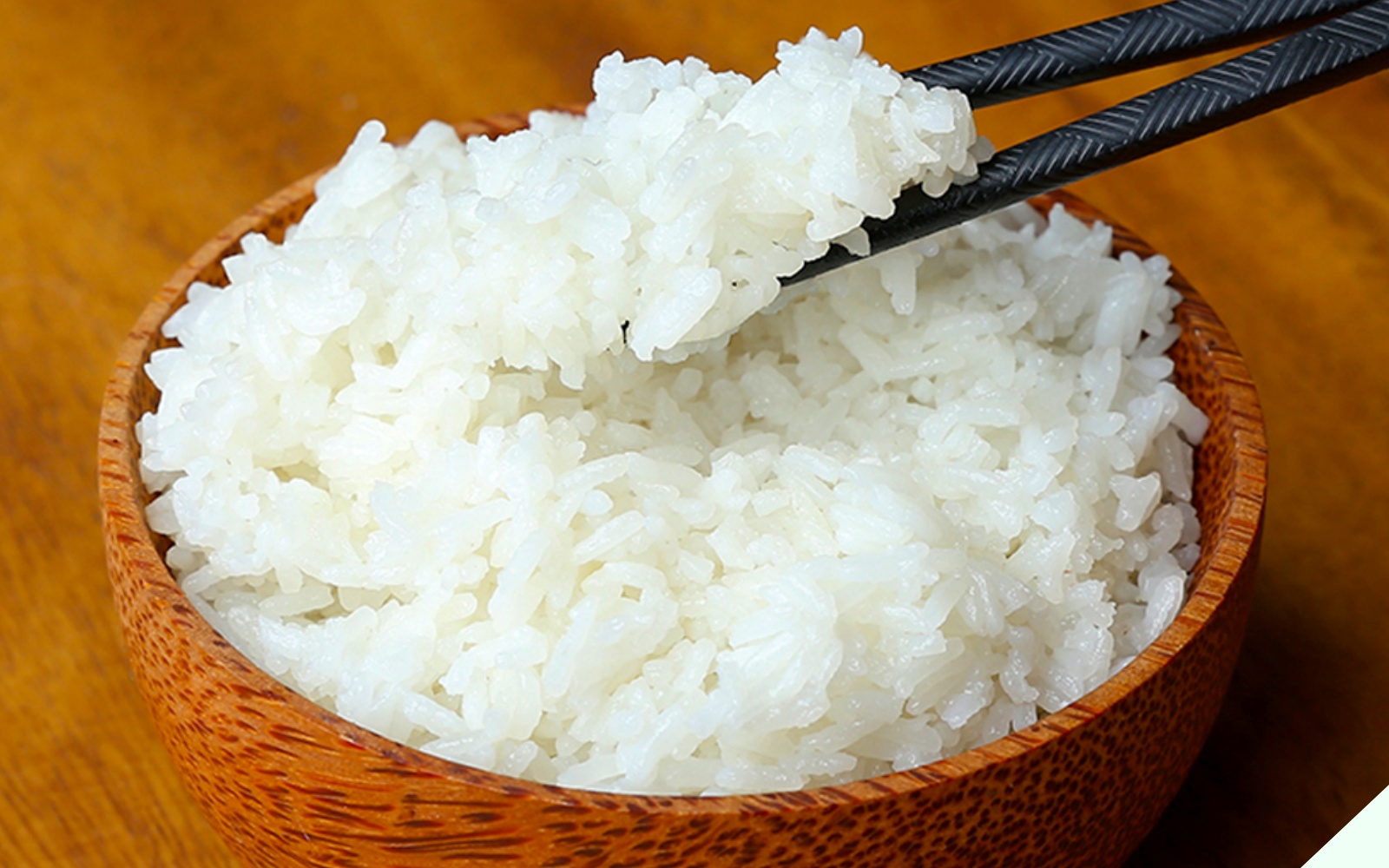
If you are cooking rice on a wood or charcoal stove, it will take about 30-45 minutes.
Tips for Cooking Better Rice
Use Boiling Water
Cooking rice with boiling water not only shortens the cooking time but also helps preserve the vitamins and nutrients in the rice. Research has shown that boiling water causes the outer membrane of the rice grain to contract, protecting the grain from cracking or breaking.
Add Vinegar

When cooking rice, adding a few drops of vinegar will cause the starch to break down into glucose under the influence of acetic acid, making the rice sweeter and softer.
Don’t worry, as the amount of vinegar is very small, the cooked rice will not have a sour taste. Additionally, especially on hot days, rice cooked with vinegar can be stored for a longer period compared to rice cooked without vinegar.
Usually, for every 1.5 kg of rice, you should add 3 ml of vinegar.
Use Cooking Oil
A little-known secret among chefs is that adding a few drops of cooking oil while cooking rice will improve its taste and texture. This is especially useful if the rice has been stored for a long time and has developed an unpleasant odor. The oil will transform the rice, making it whiter, brighter, and more fragrant, just like freshly harvested rice.
Add Tea Leaves
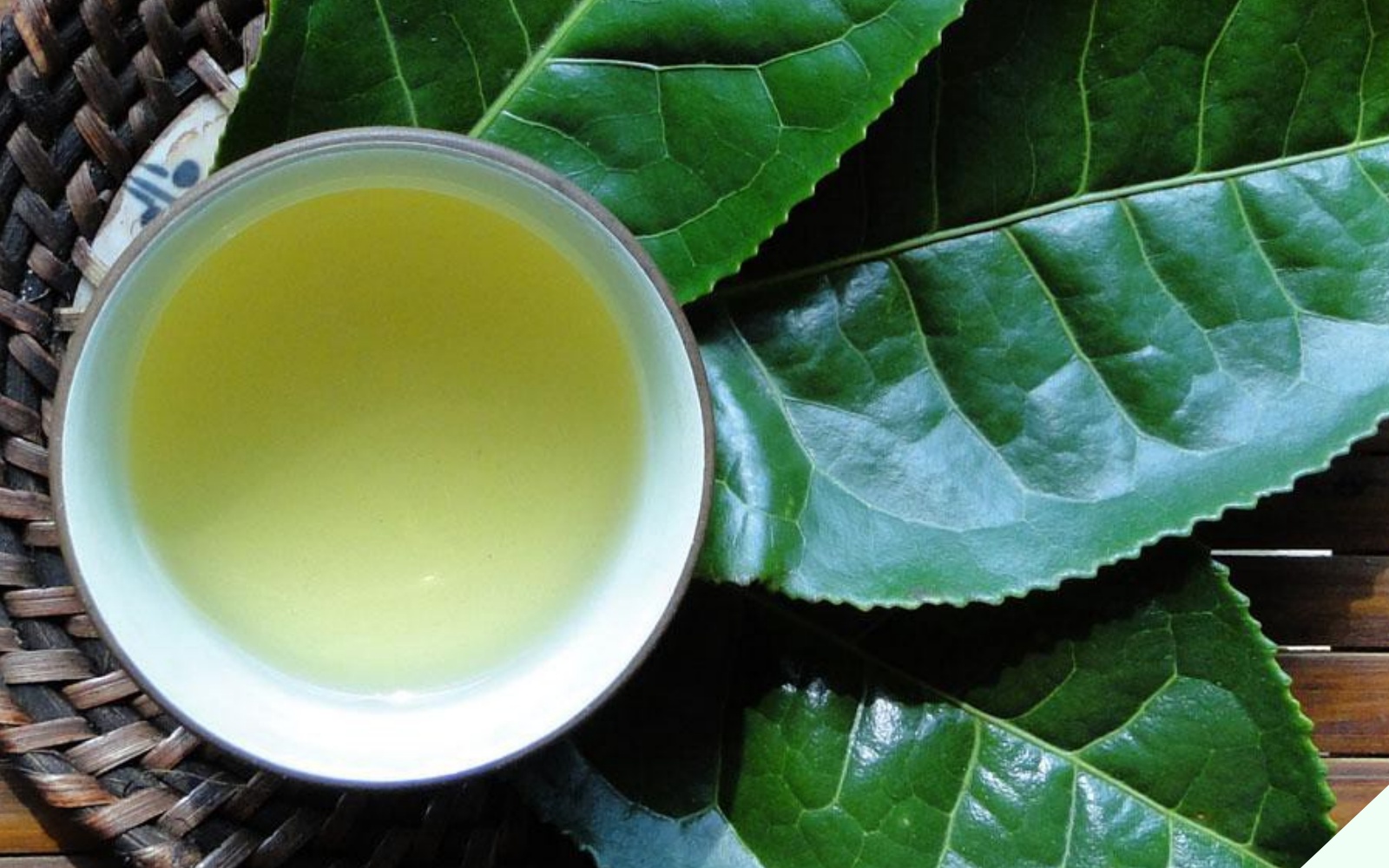
Cooking rice with tea leaves not only makes the rice look more appealing but also enhances its flavor. Moreover, tea leaves are rich in nutrients that are beneficial to our health. The hot rice bowl exudes the sweetness of the rice and the fragrance of the tea leaves, ensuring that your family will ask for seconds and even thirds!
Here’s how to do it: Take 0.5-1g of tea leaves and infuse them in 1000ml of boiling water for about 5 minutes. Strain the tea leaves and use the infused water to cook the rice instead of plain water. Do not use too many tea leaves, as this can overpower the natural fragrance of the rice.
The Dangers of Boiling Eggs: Unbeknownst to Many, This Common Practice Can Be Harmful
Eggs are a staple food for many, but boiling them can be a contentious issue. Some nutritionists claim that boiling eggs in a certain way can produce harmful toxins. While this may be a cause for concern, it’s important to remember that with the right preparation methods, eggs can be a safe and nutritious part of your diet.


